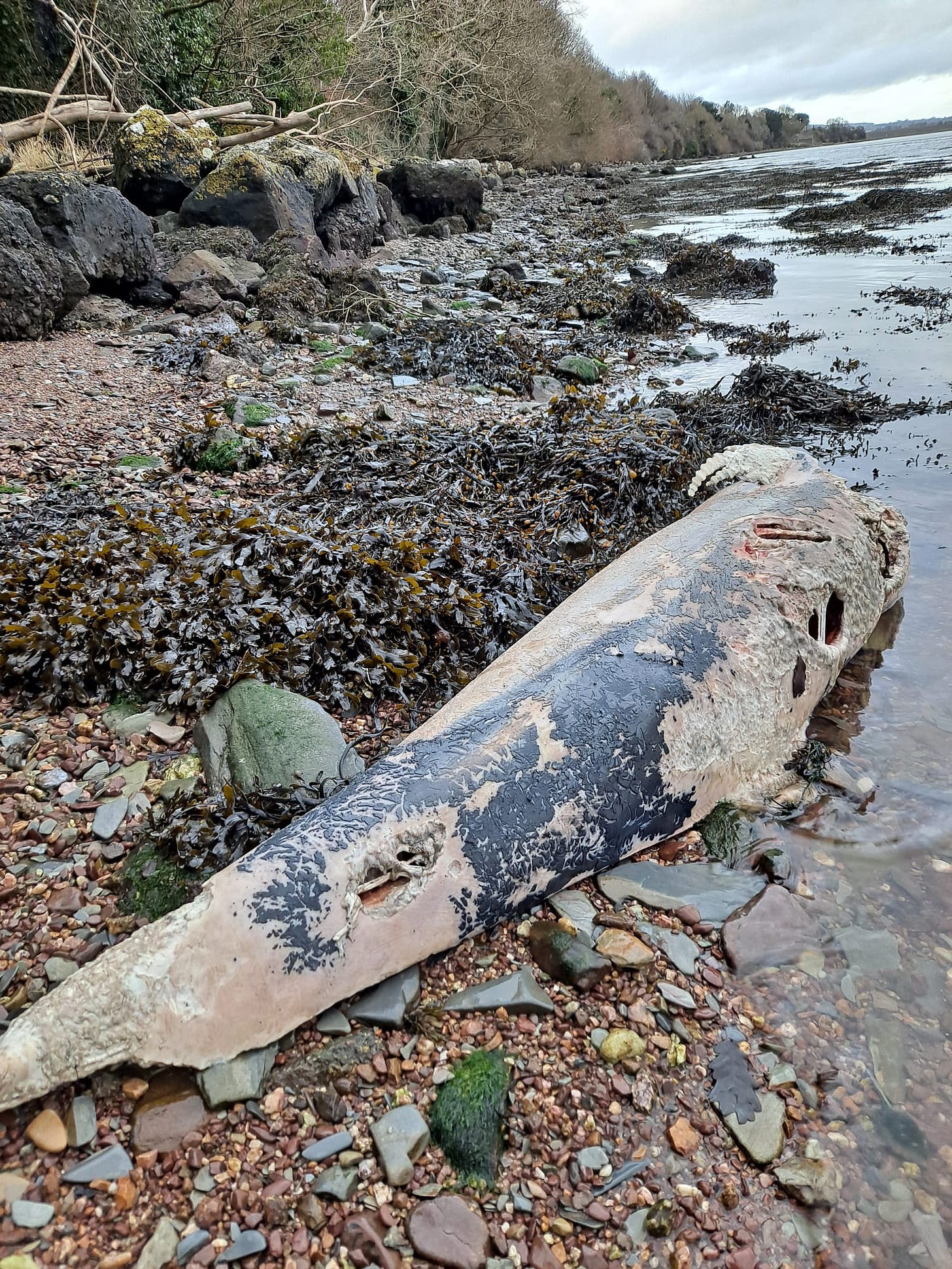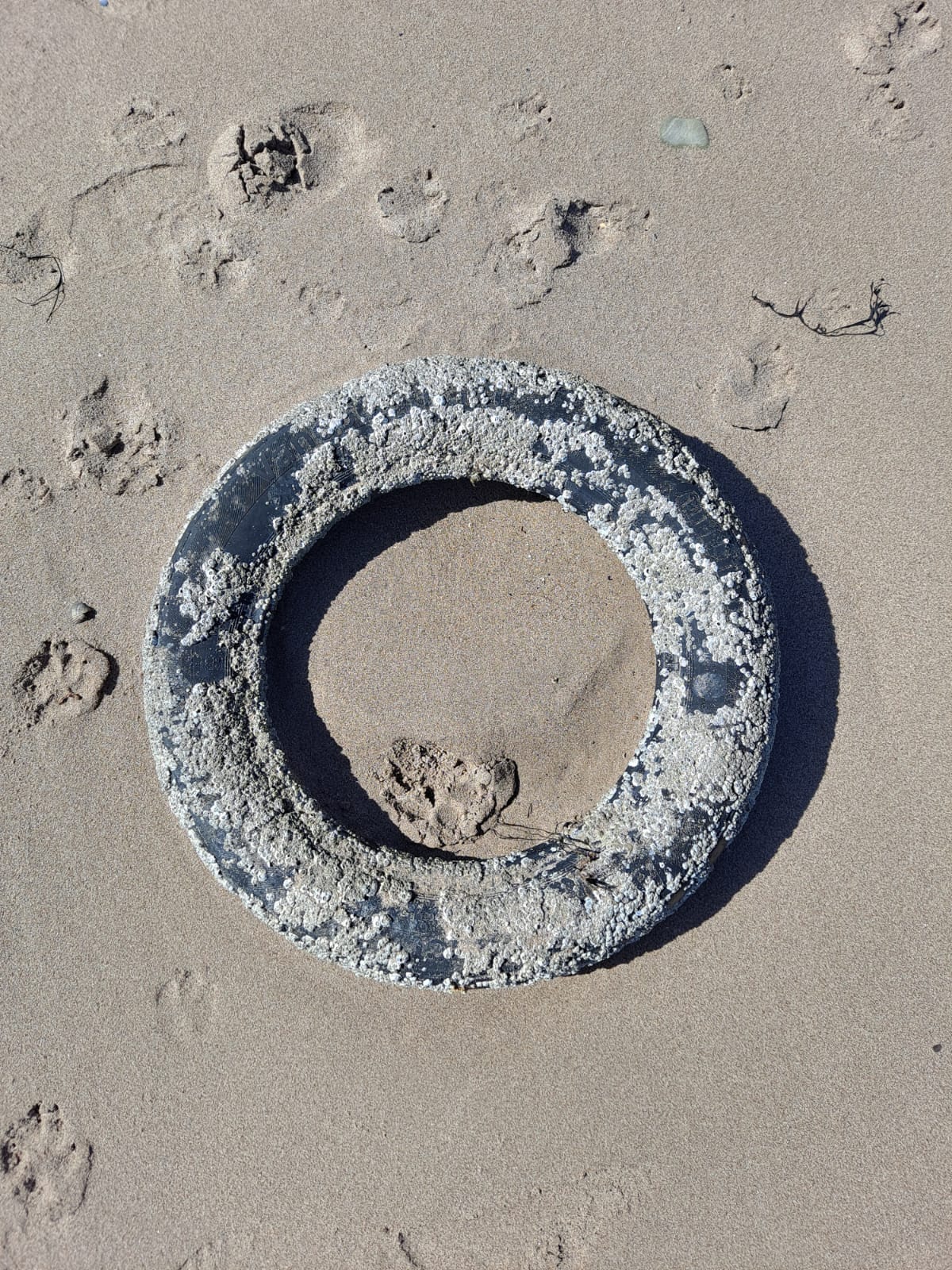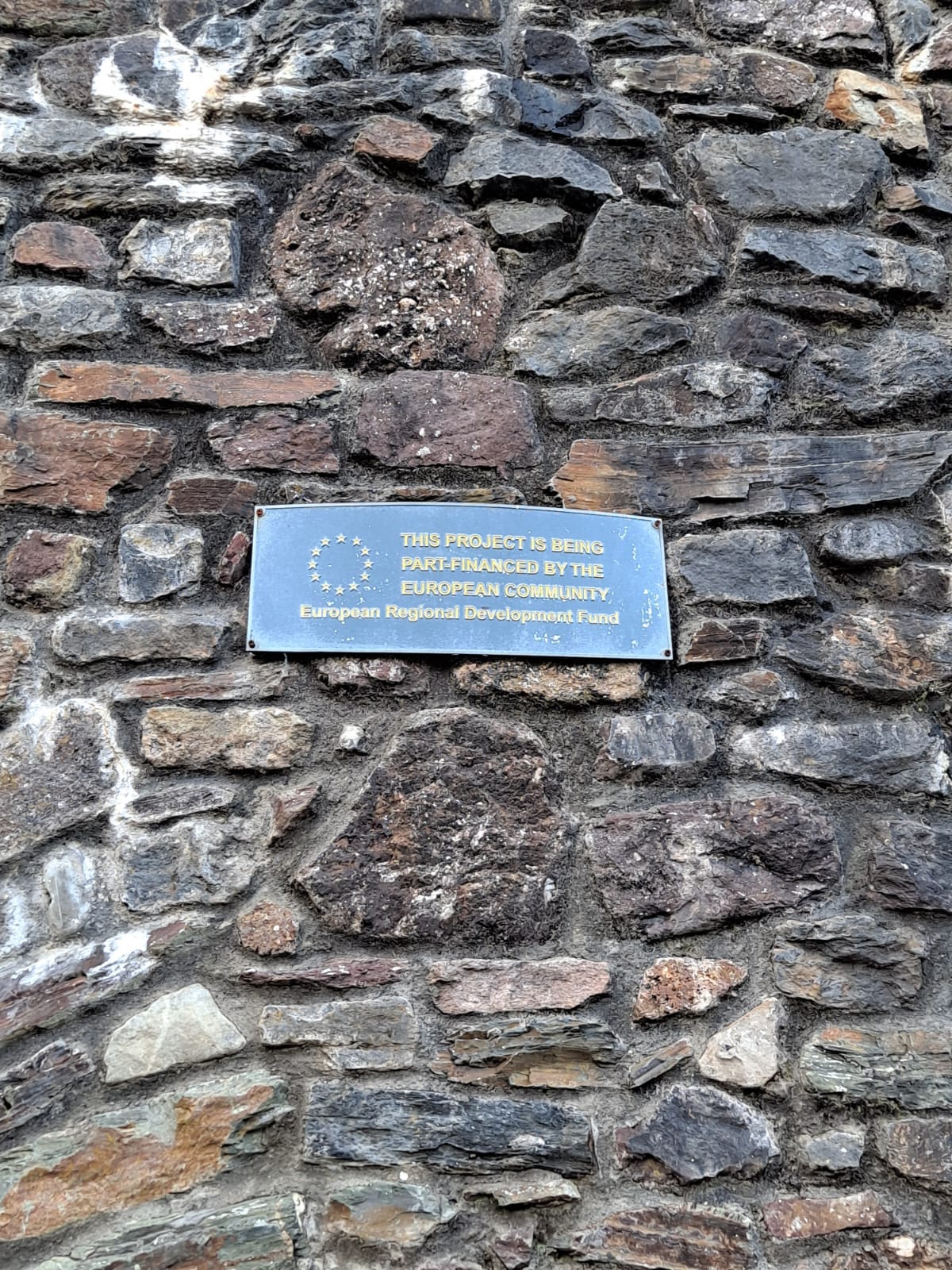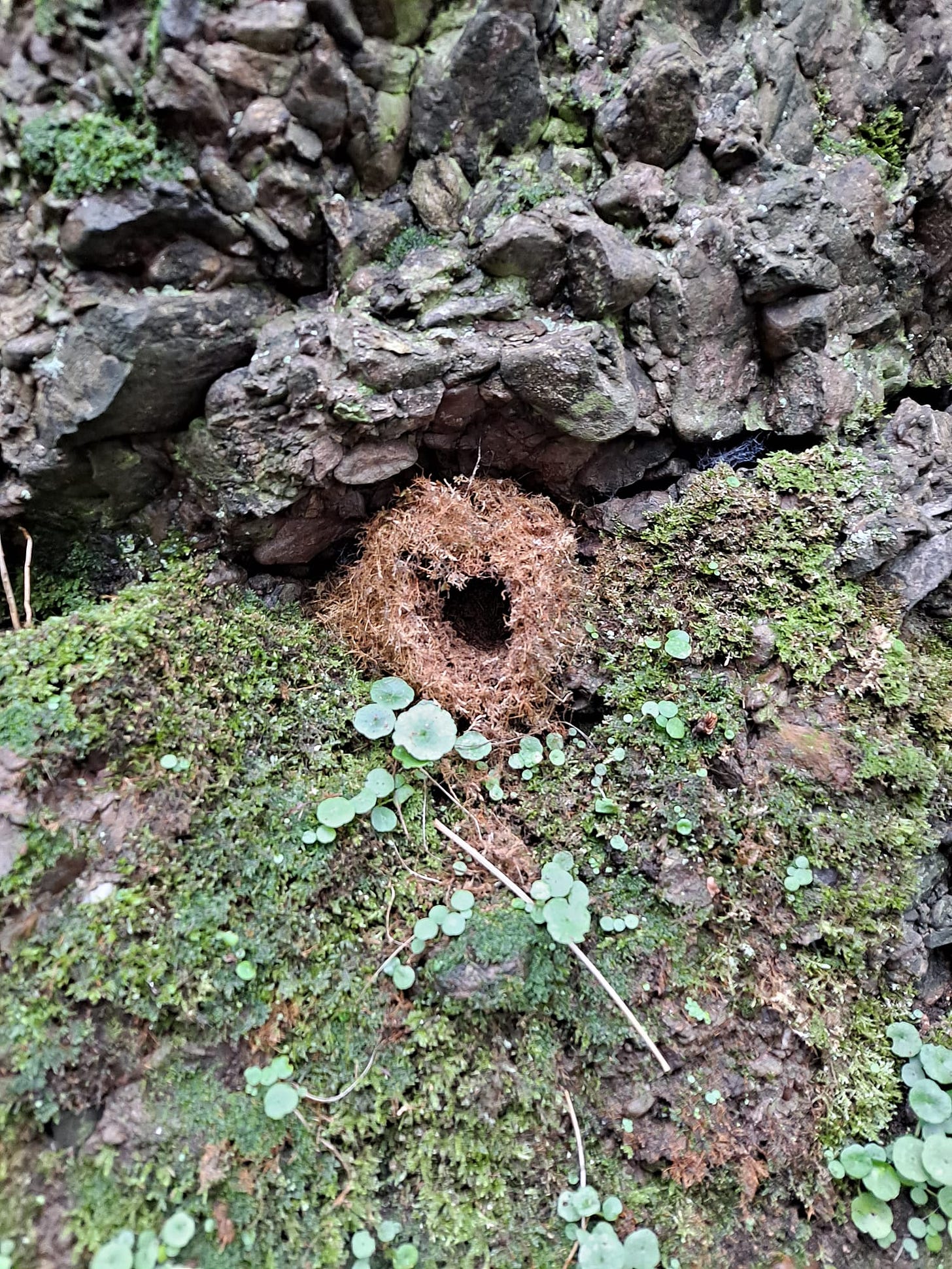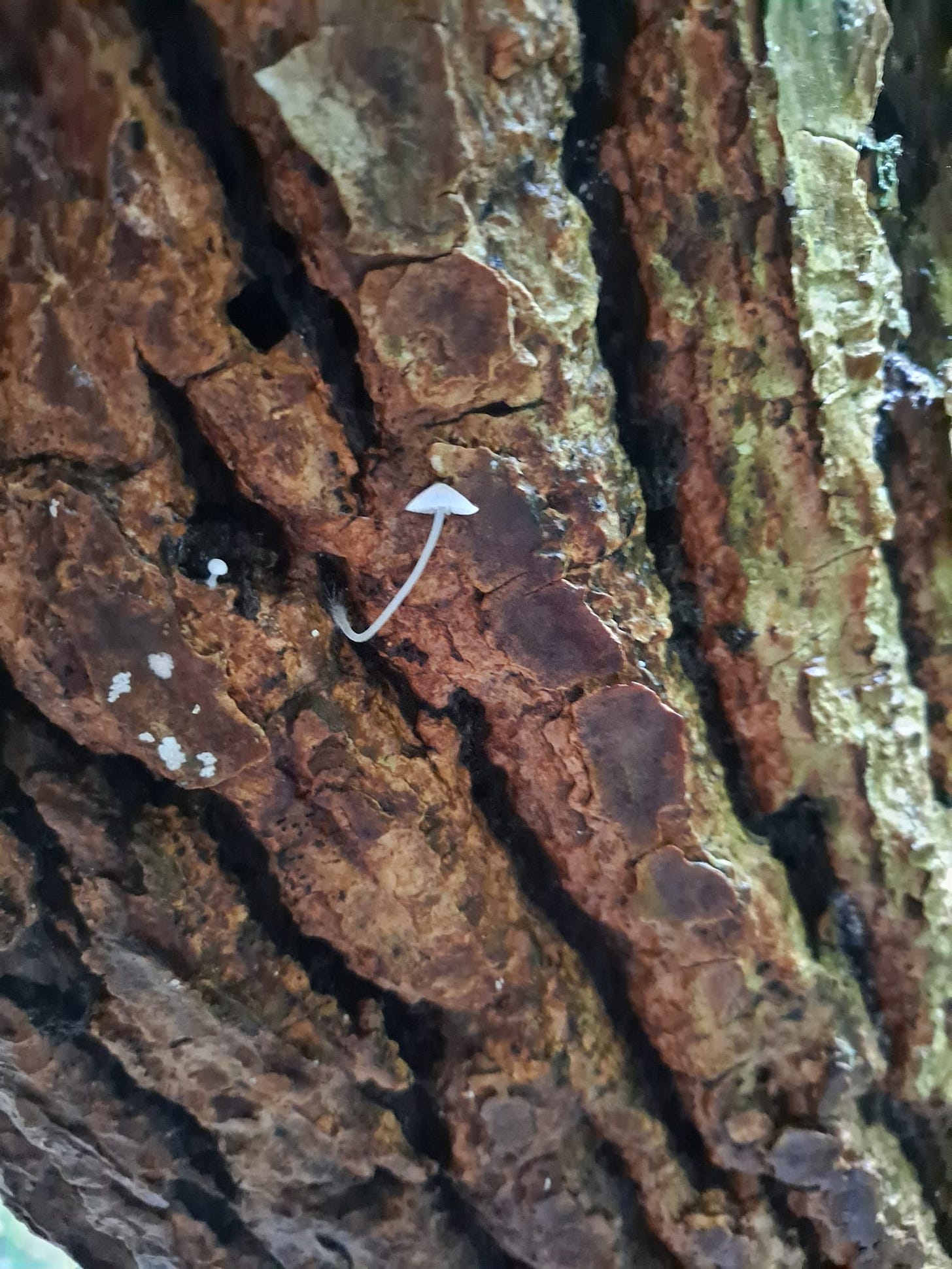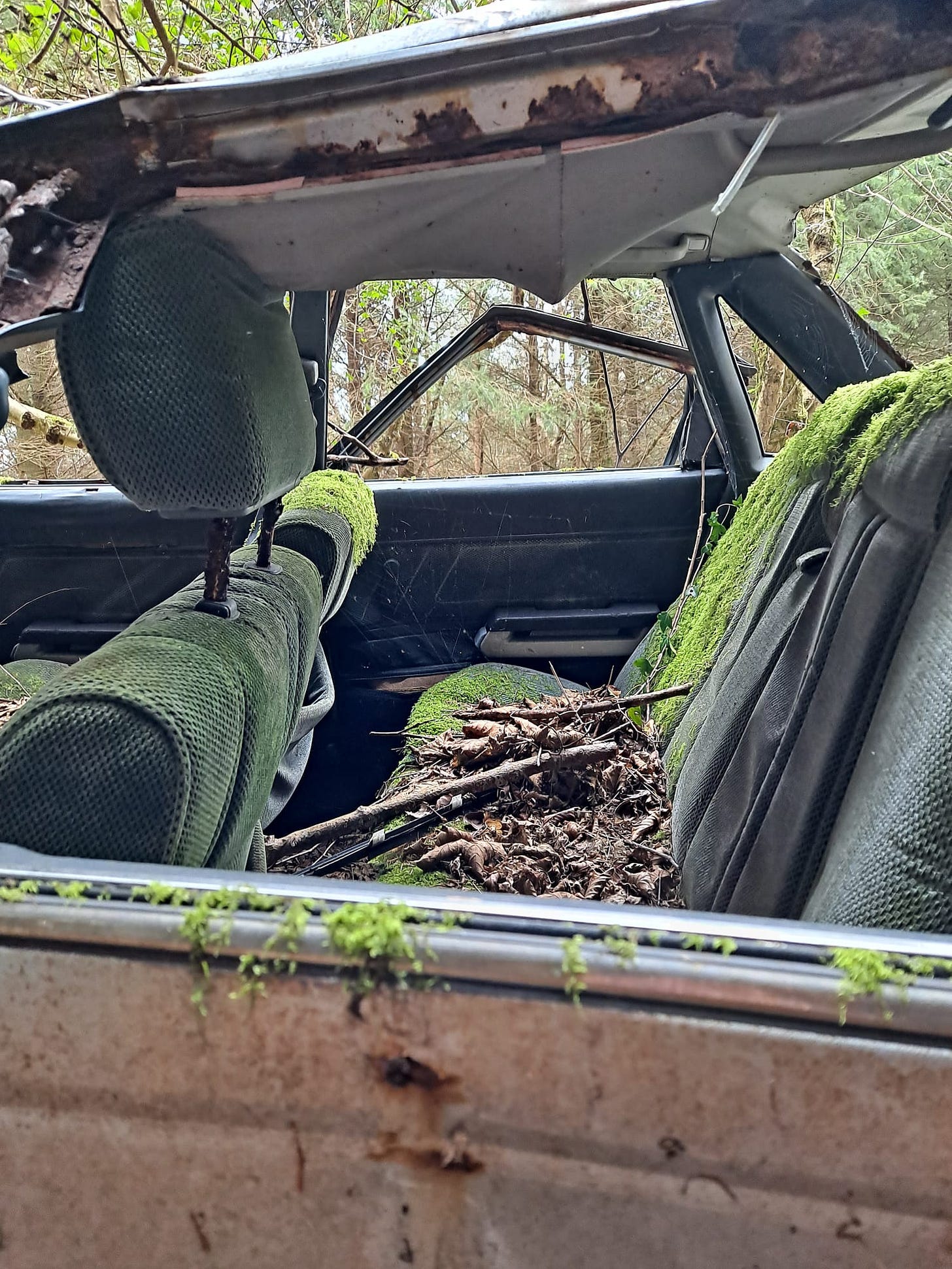When I’m thinking about who this series is aimed at while I’m putting it together, I envision future-ancestors, or people yet to come that will inhabit the same land; just in a very different timeplace to the one I’m in. In a way I’m thinking of it as a record or self-conscious footprint as I make it. I’m imagining if people from 500 or 50,000 years ago could’ve put together a similar photo essay series reflecting what they experienced in their timeplace — what would that have looked like (in terms of what they would give their attention to) and what possibilities would it open if we were able to see it?
I certainly don’t assume there will be photos or the internet or any record of this in 500 years, let alone 50,000. I think it’s a safe assumption that these things won’t be around by then. Maybe the best way of ensuring that this exact record did survive at least a few millennia would be to print it out, laminate it and bury it in a bronze container in an upland bog — safe from the rising ocean.
I wonder if the people who buried so many things in bogs during the bronze age in Ireland had us in mind. That seems a bit feverish. Trying to ensure that future-ancestors could see this isn’t really the point for me anyway. It’s more the potentiality that having them at the forefront of my mind can open for me as I live and experience life, and grapple with the trouble we’re deeply mired in.
The only real reason I could see to be feverish about ‘capturing’ the present for a somewhat distant future is to warn them about something. We have plenty of things to warn about. We are intimately acquainted with the most frightening, disturbing, and devastating sides to what life can be. It would be worth warning someone about.
How might the warning go? There’s a dark and endless cave in the forest beyond the top of the mountain. Whatever you do, don’t journey down there. There is a banquet that never ceases, but from taking part comes sickness such as you can’t imagine. When people return from it, nobody around them is safe. Their spirit and entire being become corrupted. They may appear as if they’re doing better than ever, and they’ll try to convince you of it too, but the appearances are short-lived. You’ll find yourself faltering. Maybe this is the better way to be. The mere appearance of it will send strange hunger pangs from deep within you. Your baseline experience of reality will become shaped by addiction and you won’t remember what came before the void, let alone how to get back there.
But maybe the wakes left by modernity’s excesses evident all around them will be warning enough. In a related vein, the field of ‘nuclear semiotics’ is concerned with methods for creating effective warning systems for future generations around the locations of buried radioactive waste. What strikes me about this line of inquiry is the peculiarity of its sobriety: modern civilisation, for all its hubris and narratives of historical ‘arrival’, cannot be assumed to continue in aeternum, let alone its predominant communication systems reliant on vast electricity infrastructures or even paper and the social technologies required to produce and decipher the abstract markings we put on it. To make any effective system of communication with the future, it has to be assumed that this won’t last.
So, what are our best examples of things that have proved to endure over millennia and even drastic climatic and geological changes? That’s probably a good place to begin the consideration. It’s profound to think that oral cultures can survive volcanic eruptions, desertification, ice ages, rising sea levels, floods and tsunamis, glaciers ripping through the land, and the rising of mountains — but short periods of concerted human violence and intervention can create such grievous severances.
We cannot possibly fathom the timeplaces of ancestors-to-come for how different they will inevitably be one way or another, just as most of our ancestors could never have fathomed or anticipated the worlds we currently inhabit.
The ‘theme’ of this volume is ‘(Re)claiming’.
There is a photo of an animal corpse in this volume.
1. Ivy-bound
2. Cyclical disruptions
This winter, sprat (small fish) were travelling far up the Siúr, which is in part a tidal salt river. Enormous pods of dolphins followed them and many suffered fates like this to the international commercial shipping traffic on the river. I spend a lot of time at the river so I witnessed several corpses like this being washed in and back out again. Our modern comforts have many invisibilised costs.
3. Watcher
4. Timeless devotions
5. Of plantation and tide
6. What is this project?
7. This project is being impeded by the European Cosmology
8. Everywhere delicate
9. Turning
10. Fractals reveal themselves





